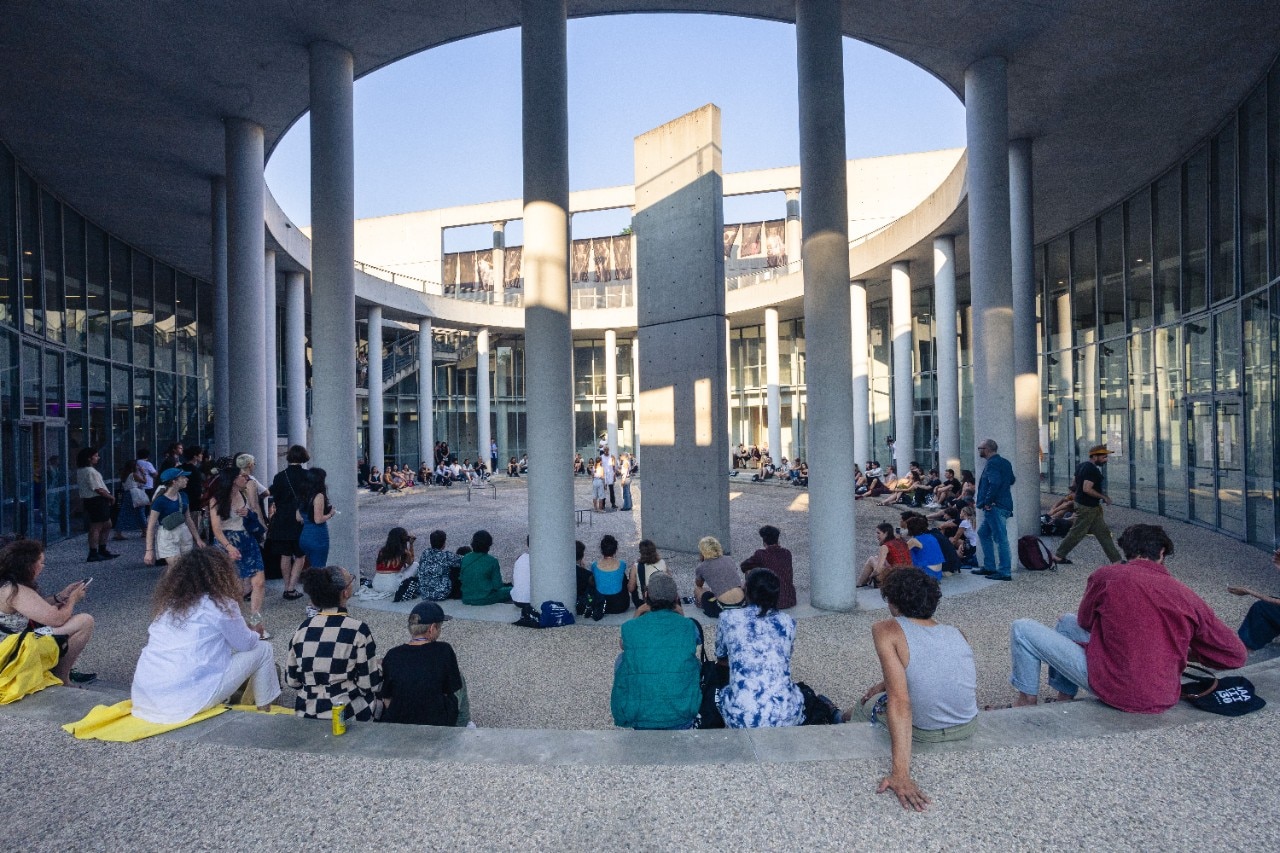A landline and an old Nokia cell phone. Heads of garlic on a table, a bird perched on top. Ritz crackers. Bugs. Memories infiltrated by the irrational, painted in oil. These are the images of Annalise Kamegawa’s “Balcony, Backyard,” a “sculptural installation” about an American family after the 2008 crisis. Alberto Allegretti’s “A Perfect House”, on the other hand, shows families created by mass-produced artificial intelligences.
These AIs rehash old prejudices, unable to imagine a person washing the dishes who isn’t a woman and perhaps black. Nearby, outdoors, Aindriú Ó’Deasún’s “Closed Set” overlays a soundtrack of gay porn snippets onto sculptures of deer, which appear “motionless, almost frozen.” We then move on to Davide Balda’s colorful hut. His research, “Telare la materia,” showcases a soil for cultivation made from the waste of Benetton’s Green B line.
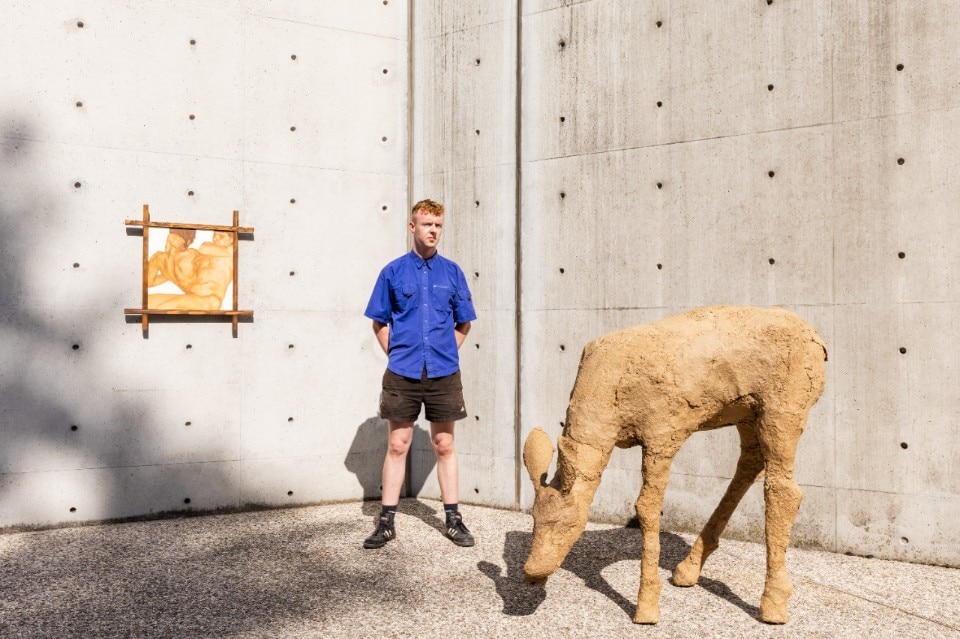
Art, music, cinema, and stories echoed through the halls, corridors, and gardens of an architectural masterpiece designed by Tadao Ando in the Veneto region of Italy in the late 1990s. Created “to foster the meeting of people, history, and nature,” this place, Fabrica, is celebrating its 30th anniversary.
Fabrica is extraordinary – an Italian beacon of creativity, a global reference point, and “anything but a school,” as Carlos Casas, program director and former Fabrica student, puts it. Casas’s connection to this place dates back to the late 20th century, as does that of contemporary art icon Nico Vascellari, who is also at this celebration. Kamegawa, Allegretti, and Ó’Deasún represent the new wave – all students under 25 at the end of their semester – while Balda has continued his research here, thanks to his connection with fashion and Benetton’s supply chain.
Legend has it that Tadao Ando flew to Veneto to turn down Luciano Benetton’s offer, but he returned to Japan with the commission to design Fabrica.

Fabrica was born in the 1990s, riding the wave of Toscani’s wildly successful Benetton campaigns. Oliviero, the creative force, convinced Luciano, the entrepreneur, to make an all-in bet on creating something unique from scratch – an environment capable of altering hundreds of lives. In Italy, where seniority and experience are often held as the highest values and family names can confer privilege in family-run businesses, Fabrica reshuffled the deck, giving young, semi-unknown people trust and responsibility.
Casas recalls being just under 24 when he was involved in a project for a hybrid restaurant in Venice, set to open in 2001. The project aimed to transform the empty hours of a restaurant into a lively space, while also prompting reflections on mass tourism. It was a rare opportunity for someone his age, and what do you do? “You work like crazy,” he smiles. The Colors Restaurant – a fusion of restaurant, cinema, theater, museum, and more – was never built, but it exemplifies Fabrica’s approach of “putting ideas into power,” as Loredana Mascheroni describes in Domus 815, supported by Ramak Fazel’s photos.
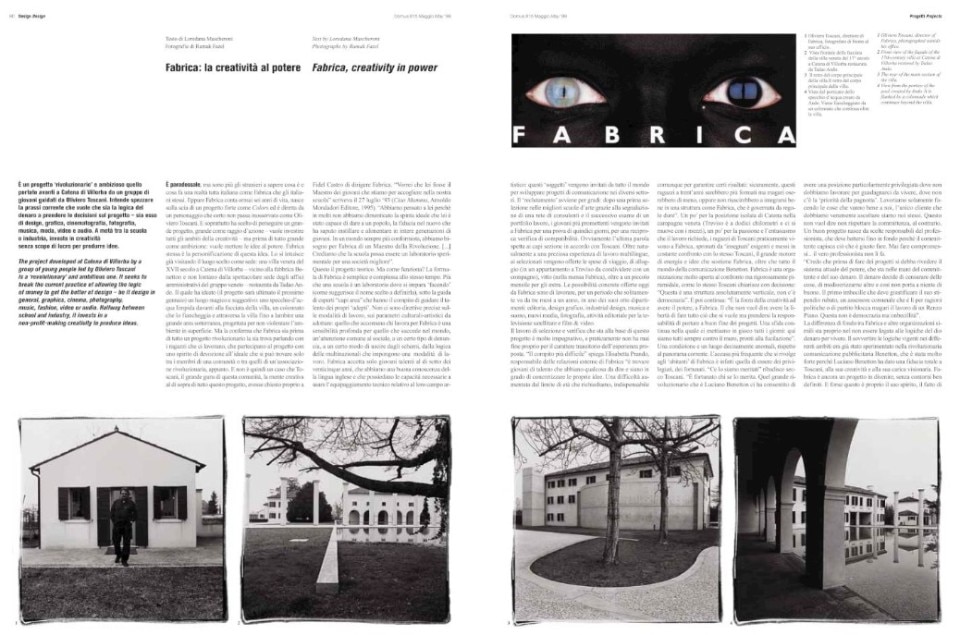
This late-90s article highlights the early days of Fabrica, the ambition to “learn by doing,” and the creativity Benetton’s generosity allowed, shielding it from the compromises money usually brings. “We only work on things that are good for us,” Oliviero Toscani asserted emphatically. Even more astonishingly, Toscani had once suggested Fidel Castro, “the master of the revolution,” as a potential director for Fabrica.
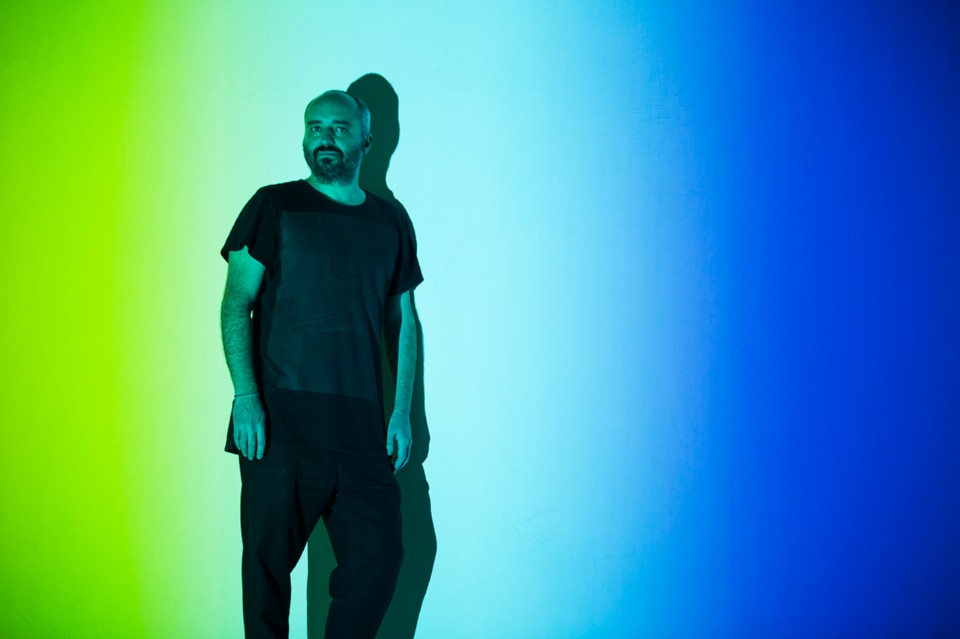
The “pillars” around which Fabrica has developed, as Casas puts it in his Italian pidgin that captures the melting pot atmosphere, are multidisciplinarity – a buzzword in today’s creative education that developed here organically and somewhat anarchically – and personal empowerment through exposure to stimuli and masters from the creative elite. Additionally, there is a constant reference to the present, a direct challenge to society. This was the cornerstone of Toscani’s campaigns for Benetton.
But there’s more: what still resonates here is a sense of prosperity tied to a mythical time – a generosity towards talent that seems extraordinary today but was perhaps less so in the 1990s. There is so much space here at Fabrica.

Tadao Ando’s spaceship accommodates generations of creators on sometimes very long – Casas will slyly remind you – often solitary journeys. On the flip side, all this emptiness also underscores its true nature: emptiness. The days celebrating Fabrica are also the days when Benetton announces its largest financial setback, with a $100 million hole. Nothing that can’t be fixed, but a crack has appeared in the sense of perpetual well-being.
Fabrica reshuffled the deck, giving young, semi-unknown people trust and responsibility.
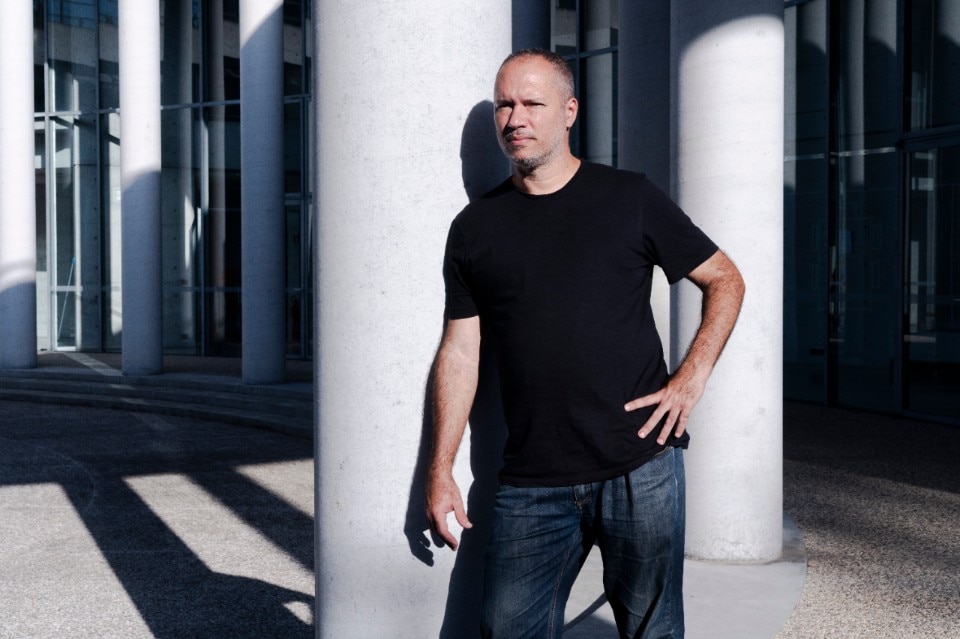
“My life began when I came here,” says Sasha Huber, who found both her life and work partner, Petri Saarikko, at Fabrica. They returned to present their workshop on oral memory, part of the broader Kinship project involving this semester’s students. They recall being tasked with creating a futuristic concept for Benetton stores that would connect them like a social network years before Facebook existed. They even flew to New York to meet master graphic designer Massimo Vignelli, who was then responsible for the brand’s visual identity.
“A place that believes in you,” Casas says, and gives you the confidence to make mistakes. “It’s wonderful to make a mistake,” agrees Brazilian designer, curator, artist, and former Fabrica student Batman Zavareze. He underscores the importance of “learning by doing” and reminisces about intense moments with Oliviero Toscani, whose presence still looms large in the corridors and halls. Memories of fierce confrontations and cosmic turmoil accompany him, alongside a widespread sense of gratitude. Today, such methods might be stigmatized, but those who weathered those storms during their formative years seem to have learned life-changing lessons, rather than creating tearful denunciation videos on TikTok, as one might expect from Gen Z today.

Legend has it that Tadao Ando flew to Veneto to turn down Luciano Benetton’s offer, but he returned to Japan with the commission to design Fabrica. Near Treviso, there was an atypical Veneto villa with a main body smaller than the barchese. After a fire destroyed the original structure, Ando renovated it, delicately integrating the remnants into a new spatial design that blends seamlessly with the surrounding nature. It is a concrete sculpture with a Zen-like calm that permeates the large rooms and corridors, where the theme of the oval is recurring, in the spiral library and the spacious outdoor agora. Domus described it as a “magical and evocative” place in ‘99.
What still resonates here is a sense of prosperity tied to a mythical time – a generosity towards talent that seems extraordinary today but was perhaps less so in the 1990s.
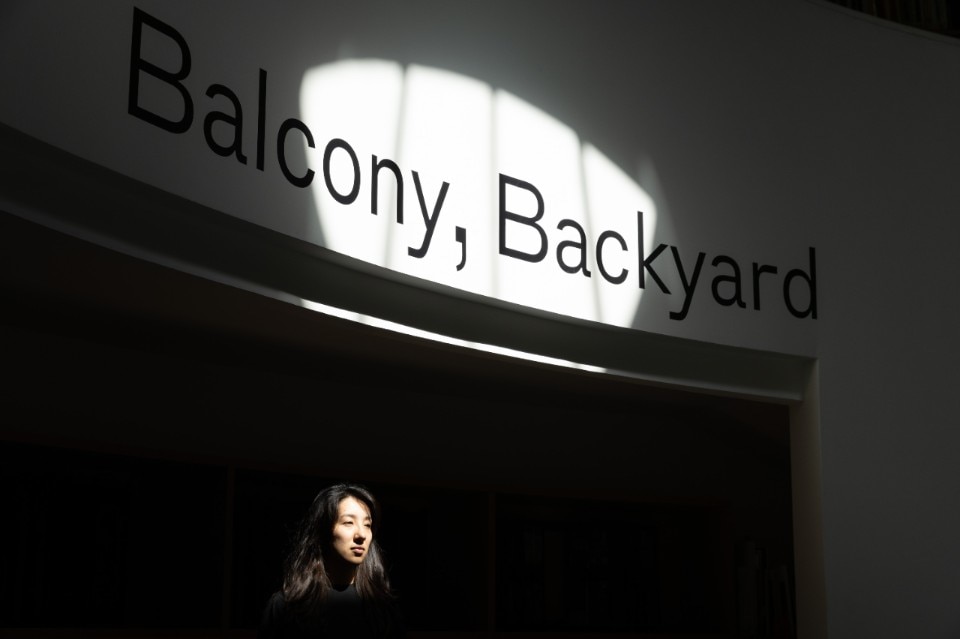
Today, these spaces house several Benetton departments and the Imago Mundi collection, an art project started by Luciano Benetton featuring small square images created by artists worldwide. The team from Colors, Benetton’s “magazine about the rest of the world,” created by Toscani with American graphic designer Tibor Kalman and once considered one of the world’s best publications, had moved here.
Fabrica Cinema, which produced documentaries, shorts, and features – including the Oscar-winning No Man’s Land in 2002 – was also based here. In Casas’ office, we flip through old magazines and catalogs, discussing the past, present, and future. “I’m sorry it wasn’t contagious,” he laments, referring to how other major companies, from tech giants to fashion brands, haven’t created similar spaces.
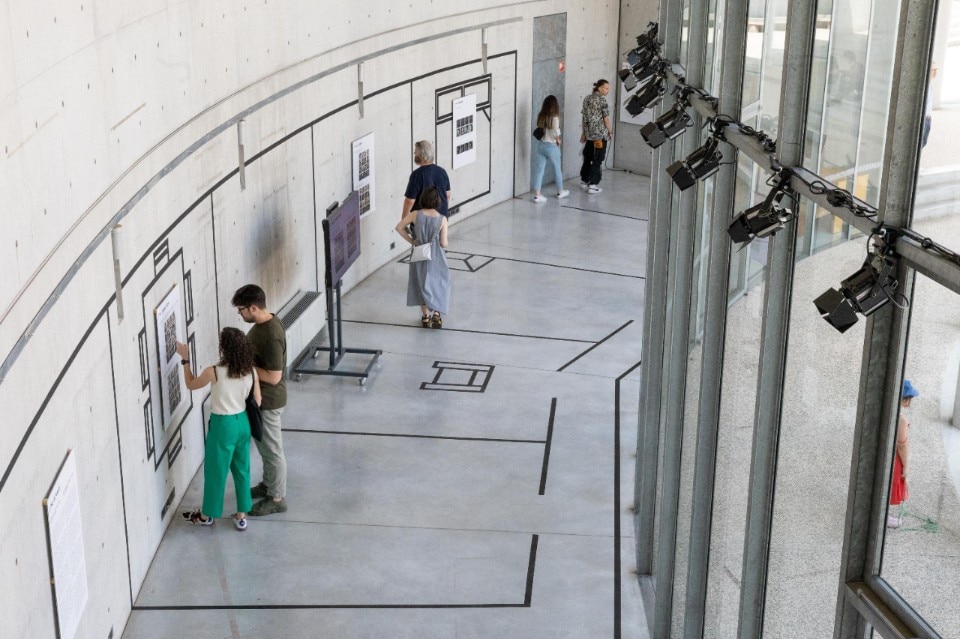
Born in a remarkable economic and social context, fueled by the energy of the 1990s, Fabrica is a cultural asset of Italy that communicates with the rest of the world while remaining tied to the economic fortunes of Benetton (and the Benettons). A double-edged link: could you ever imagine the company without it all? But what the future holds for this place remains an open question. Fabrica will likely remain a symbol of a unique moment in an equally unique company. Meanwhile, a new cycle is about to begin, and we await the arrival of Fabrica’s 800th member, who already has a name. Happy birthday, Fabrica.


